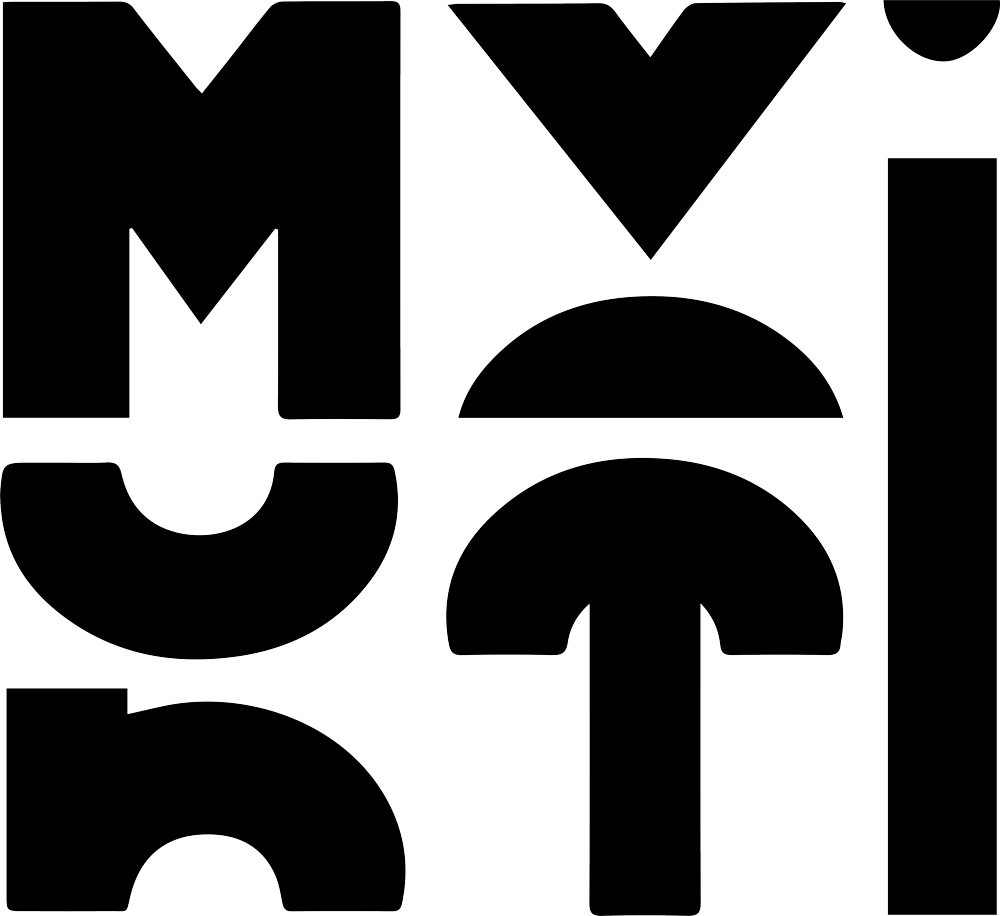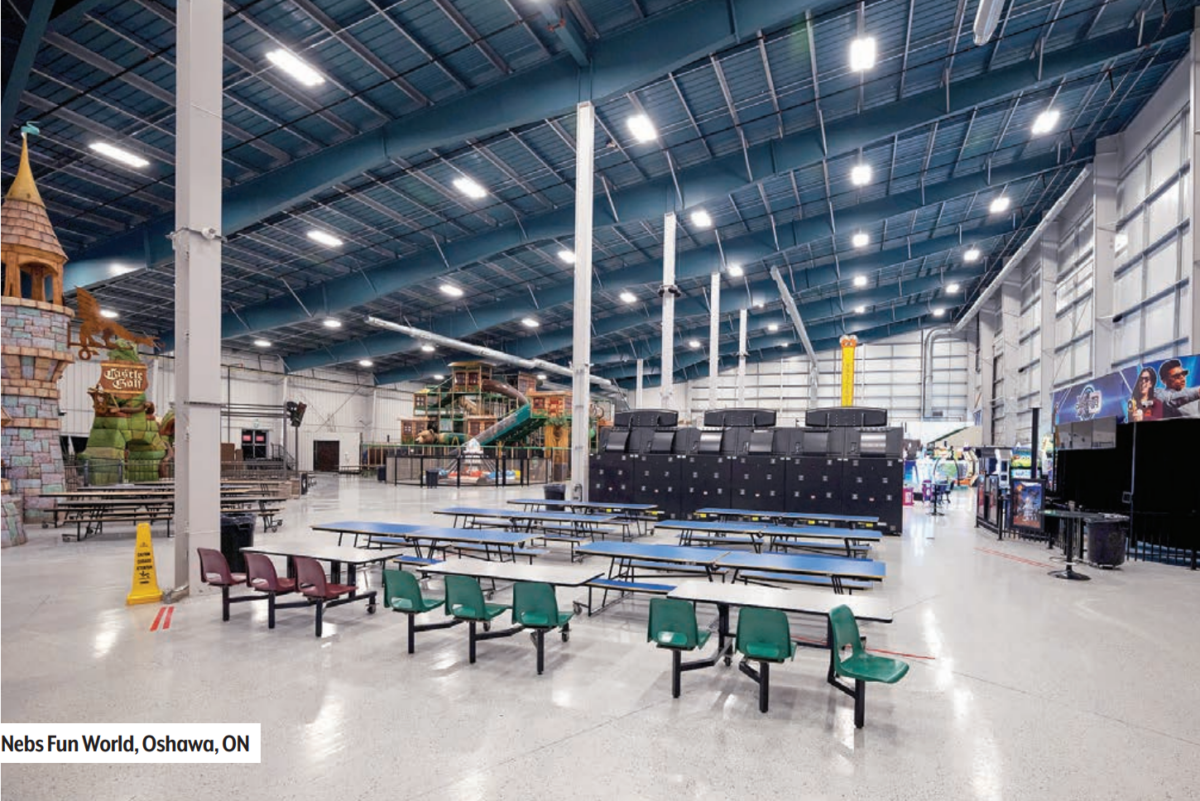VERSATILITY AND SIESMIC CODE SHIFTS FUEL A SUERBE IN DEMAND FOR STEEL BUILDING SYSTEMS
The steel building sector continues to be a bright spot in the overall construction industry, defying economic challenges for several reasons: commercial, institutional, and industrial clients require new or updated facilities, especially in the north. Additionally, manufacturers provide products that are visually appealing, cost-competitive compared to traditional structures, and quick to erect.
Honco Steel Buildings exemplifies a company working at full capacity in 2024 to meet demand. “We’re so busy we’re actually refusing jobs right now,” says Genevieve Filteau, Honco’s director of marketing. One reason for Honco’s high demand is its self-supporting steel buildings. After research with several Quebec universities, Honco developed a patented construction technology based on steel structural panels. Unlike conventional framed buildings, the weight of a Honco building and its load is evenly distributed over the foundation walls, with loads concentrated at the base of the columns. This engineering advantage eliminates the need for foundations with pilasters and reinforcements, making the buildings easier and cheaper to construct, reducing costs by up to 15% in some cases.
Among Honco’s diverse projects, Filteau highlights the new Trailex facility in Rimouski. “This is a huge manufacturing facility for trailers in Eastern Quebec that we’re in the middle of,” she says. “As of January, we just finished the structural work and are now focused on the interior.” Designed by architect James Leeming, the Trailex complex consolidates all company operations into one location, offering a total space of 90,000 square feet over three structures, with room for future expansion.
Sean Lepper, VP and general manager of Behlen Industries, reports that the prospects for 2024 look promising. “We came off an excellent year, capped by shipping 2.5 million pounds of steel for a Marathon Gold project in Newfoundland and working on a convention centre in Manitoba, plus we were busy with lots of welcomed bread and butter work,” he says. “This year is shaping up nicely thanks to a very strong backlog of projects: we’ll be busy right through the spring with forestry and mining projects.”
Behlen’s ongoing success is attributed to its frameless buildings and insulated metal panels. Behlen Frameless steel buildings use an engineered panel system that eliminates the need for structural steel, offering obstruction-free spans of up to 95 metres, independent of structural elements like columns and rafters. This design provides an insulation advantage, as inexpensive batt insulation can be easily installed inside, minimizing energy loss from thermal bridging. Behlen’s sister company, Artspan Inc., supplies various configurations of insulated metal panels.
However, Lepper acknowledges future challenges, particularly with the new 2020 building code and its seismic requirements that took effect in January. “We’re literally at the drawing board with our engineers to determine all the implications of the code, and designs might have to change as a result. Simply put, buildings will need more steel, and bigger cavities will be needed for more insulation. This will drive more demand for our insulated metal panels, so there are definitely opportunities ahead.”
Nucor Buildings Group remains in high demand as one of North America’s largest and most experienced manufacturers of metal building systems. Its brands include American Buildings, CBC Steel Buildings (specializing in unique designs and energy-efficient structures), Kirby Building Systems, and Nucor Building Systems, which serve the agricultural, community, and retail sectors. Nucor also manufactures Metl-Span and Centria insulated metal panels, providing economical and efficient building envelopes with long lifespans and low maintenance. In response to the renewable energy push, Nucor offers custom-engineered elevated steel structures for supporting solar panels in various applications, often combining these with Nucor PowerShingle, an innovative solar panel system that eliminates leaks by serving as the roof itself.
Toro Steel Buildings is favored for its collaborative approach and ability to provide the right products for various client needs. The company’s team of designers, engineers, and customer service specialists excels in creating solutions for residential, commercial, and industrial applications worldwide. Toro is renowned for its Quonset hut-style steel buildings with arch frame construction, available in varying widths. The “Q” and “S” styles both feature curved roofs, with the “S” also having straight sidewalls for larger equipment and machinery storage.
Ben Koslik, Toro’s leader of the Special Projects Group, says, “Typically, we deliver over 3,000 buildings internationally per year, and we have a tremendous amount of leads for 2024, especially for buildings 10,000 square feet or larger. The demand is overwhelming, and I would love to hire five project managers right now just to handle the inquiries.” Laura Betancourt, Toro’s recruitment and success manager, anticipates hiring two new sales teams in the first quarter as the company targets record-breaking revenue. “The need for new talent is robust, and we’re especially keen to hear from people already in our industry who are looking to maximize their potential,” she says.
For over 120 years, Butler Manufacturing has been an innovator in the steel building sector. Two of its most recent featured products are the Butler Tier II Classic building system, suitable for a wide range of uses, and the new seismic-compliant designs required by the 2020 building code.


No Comments